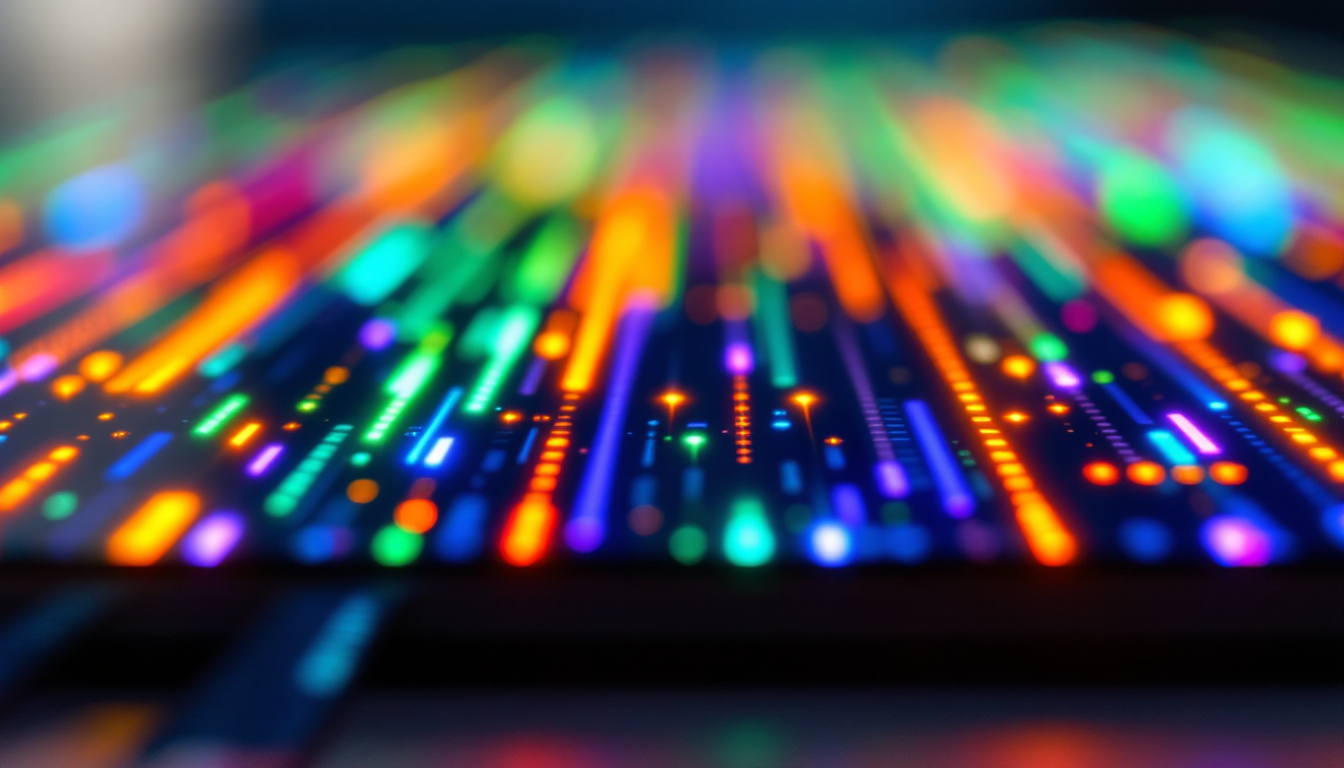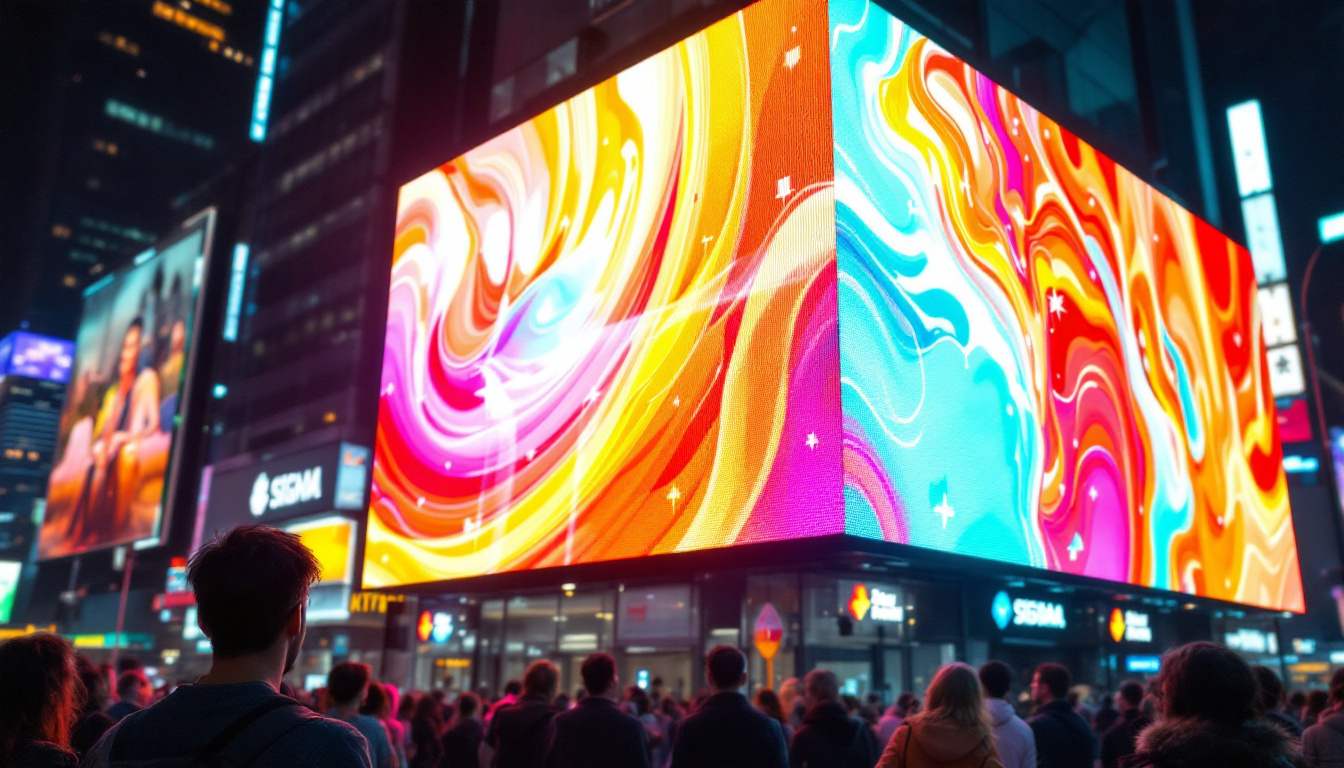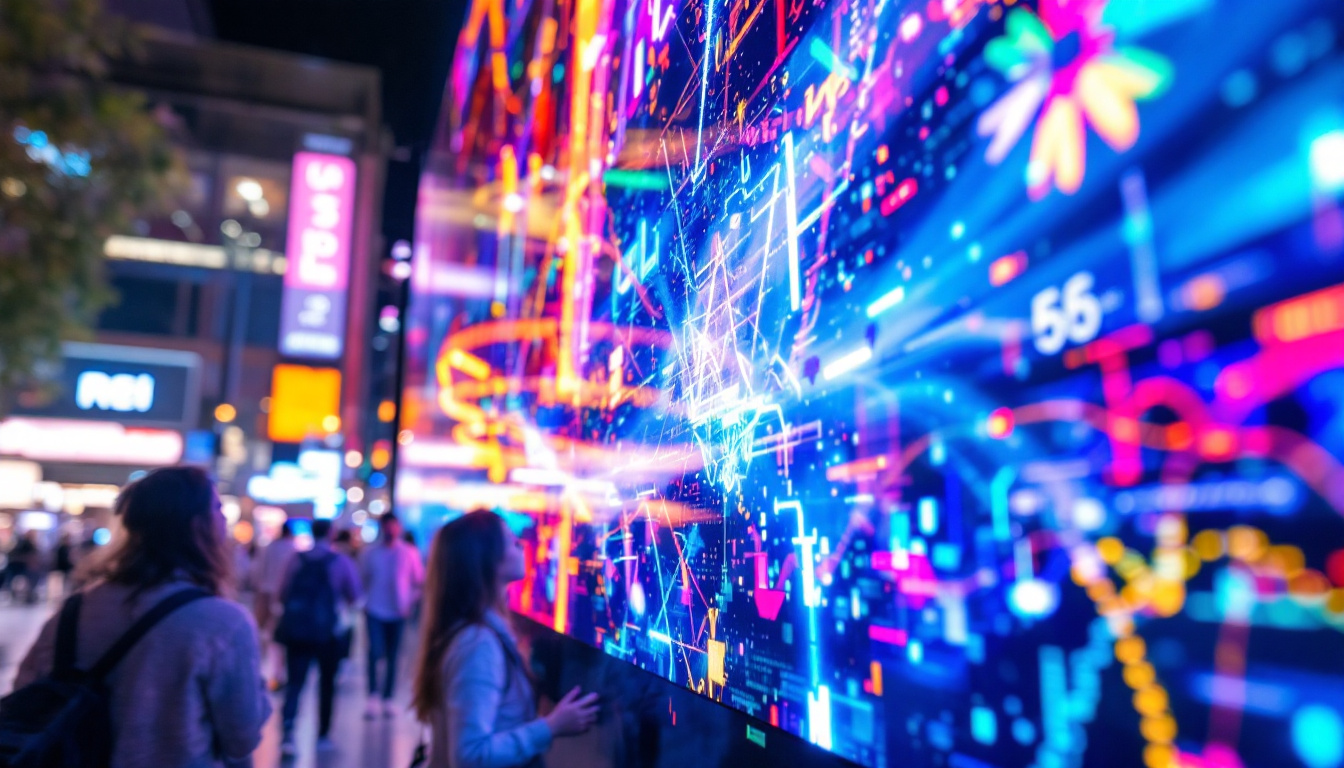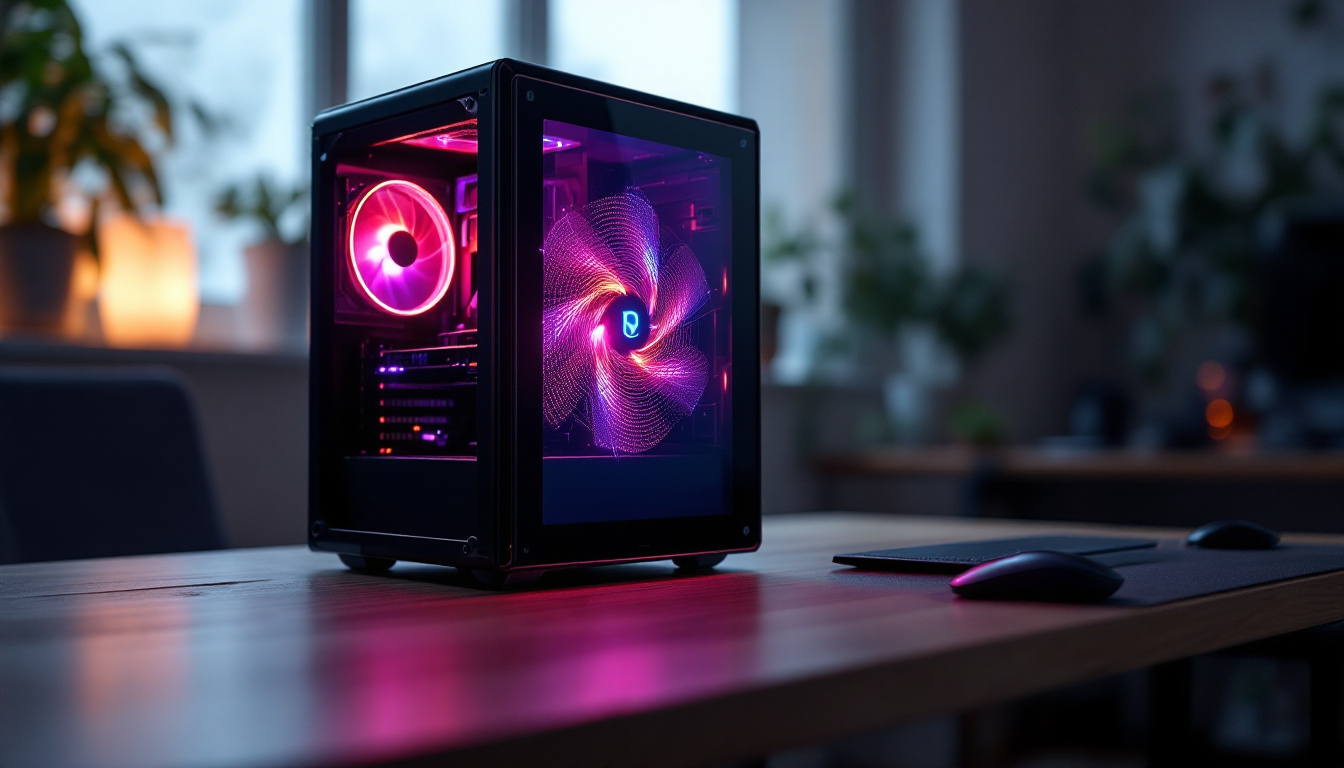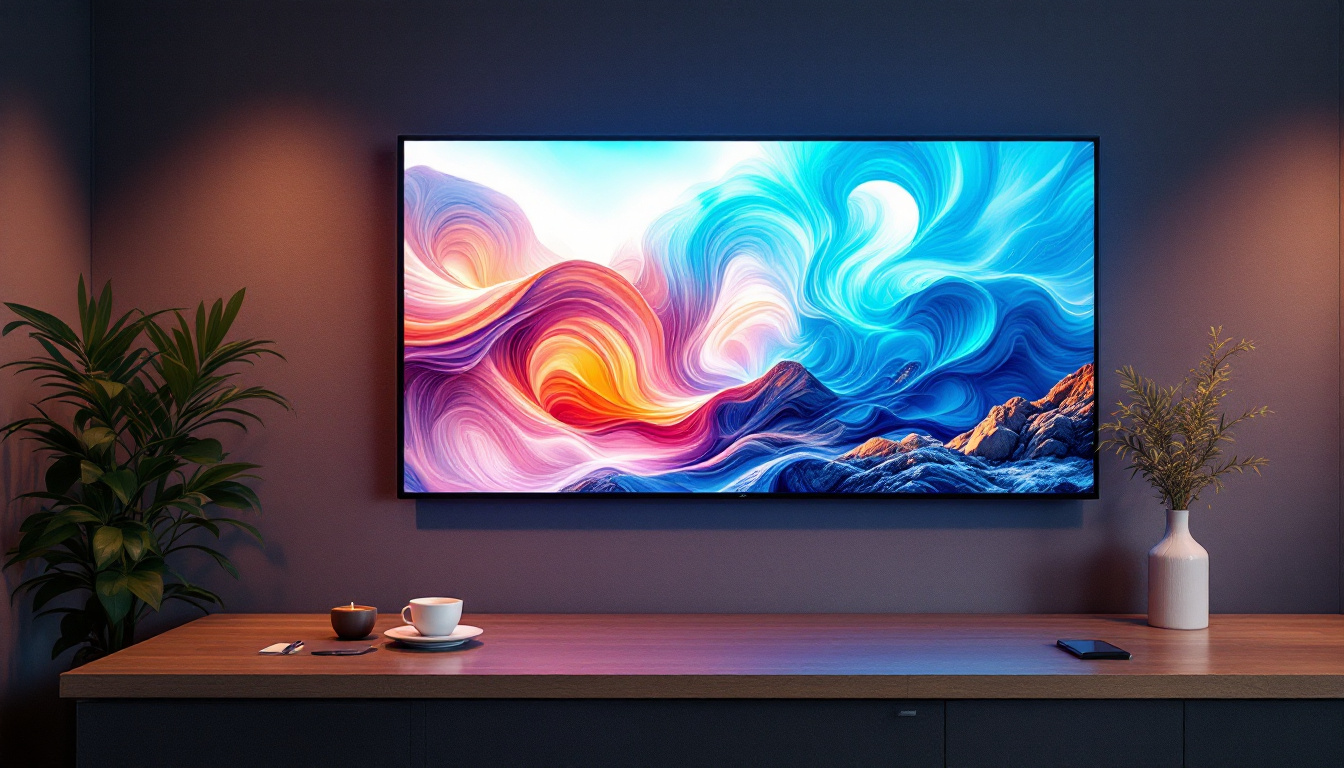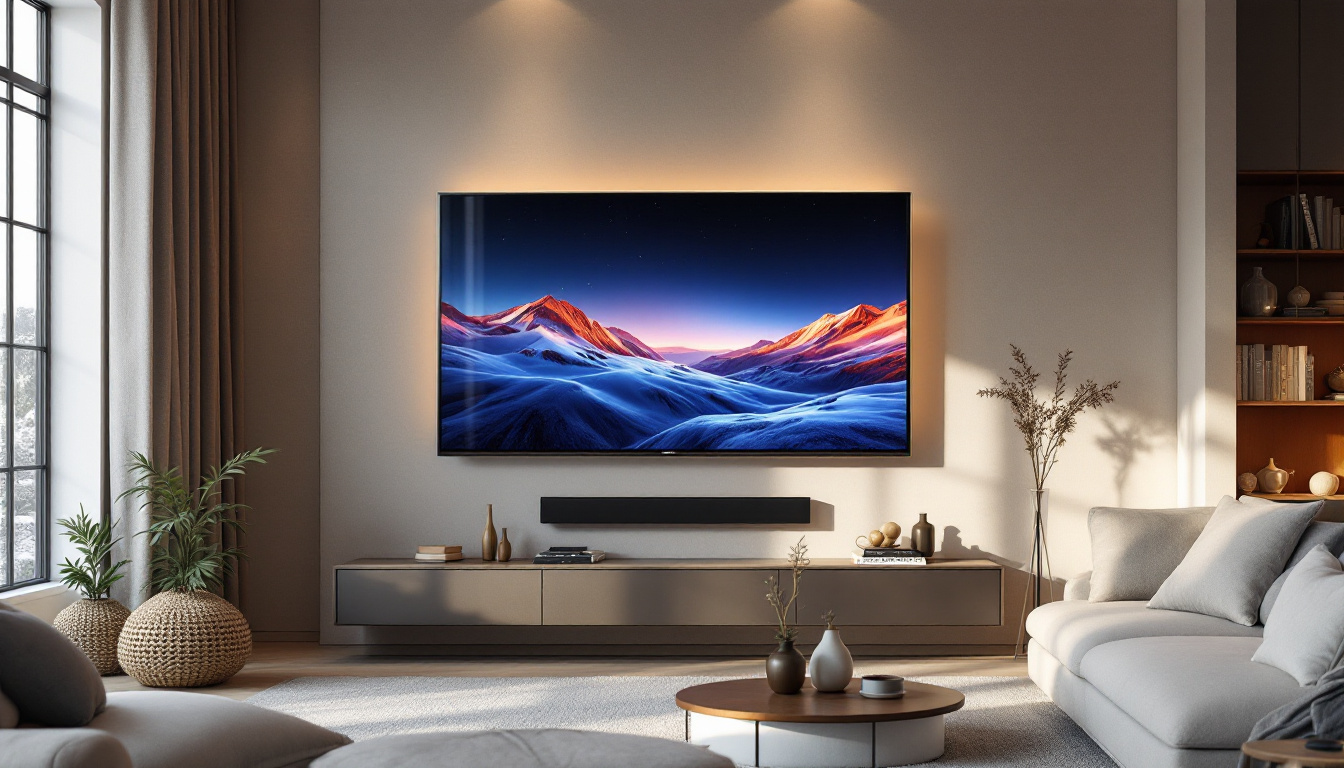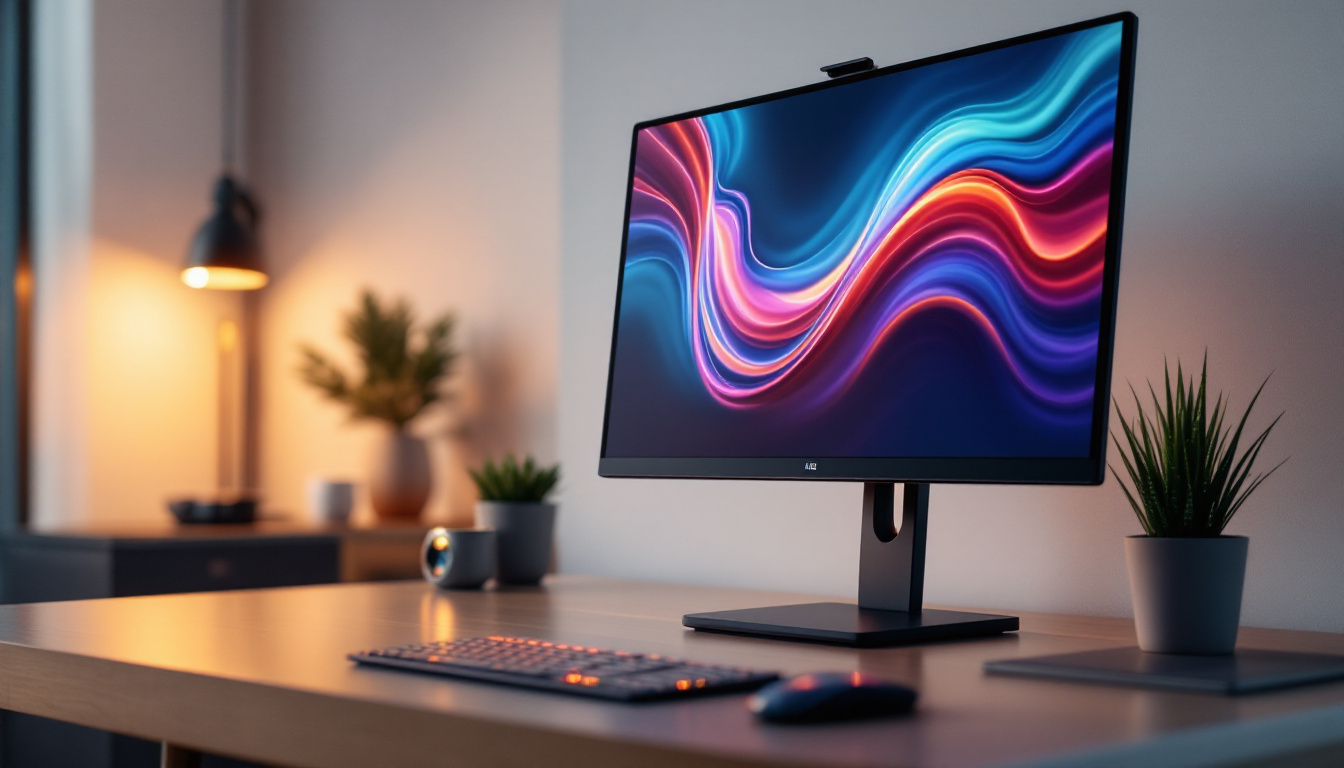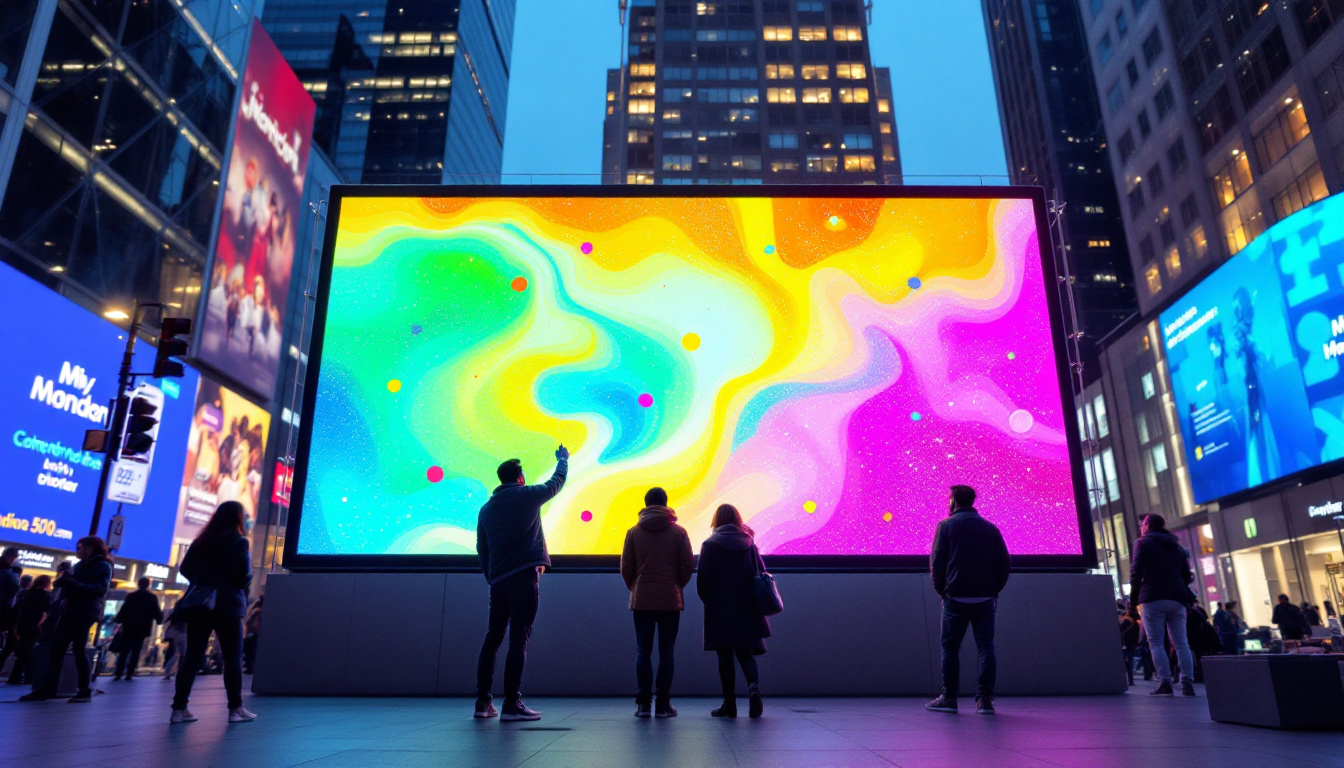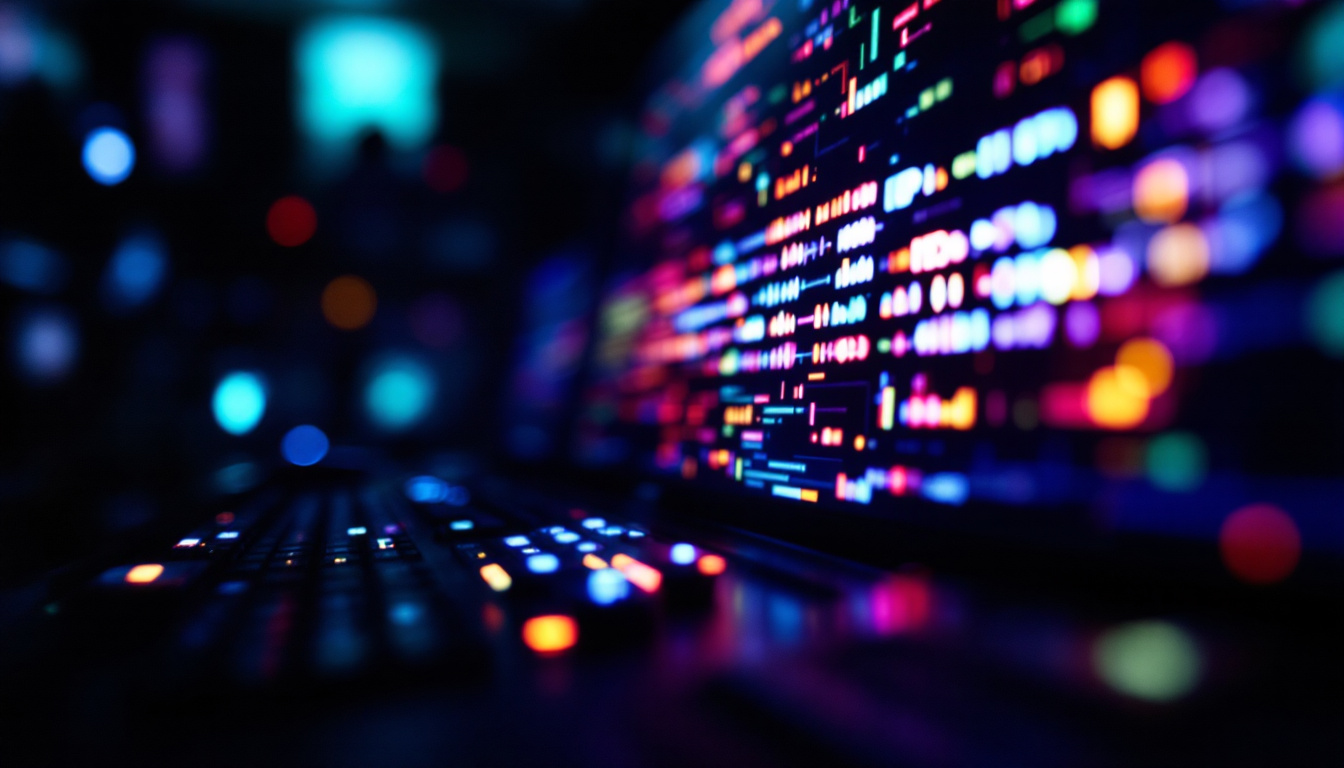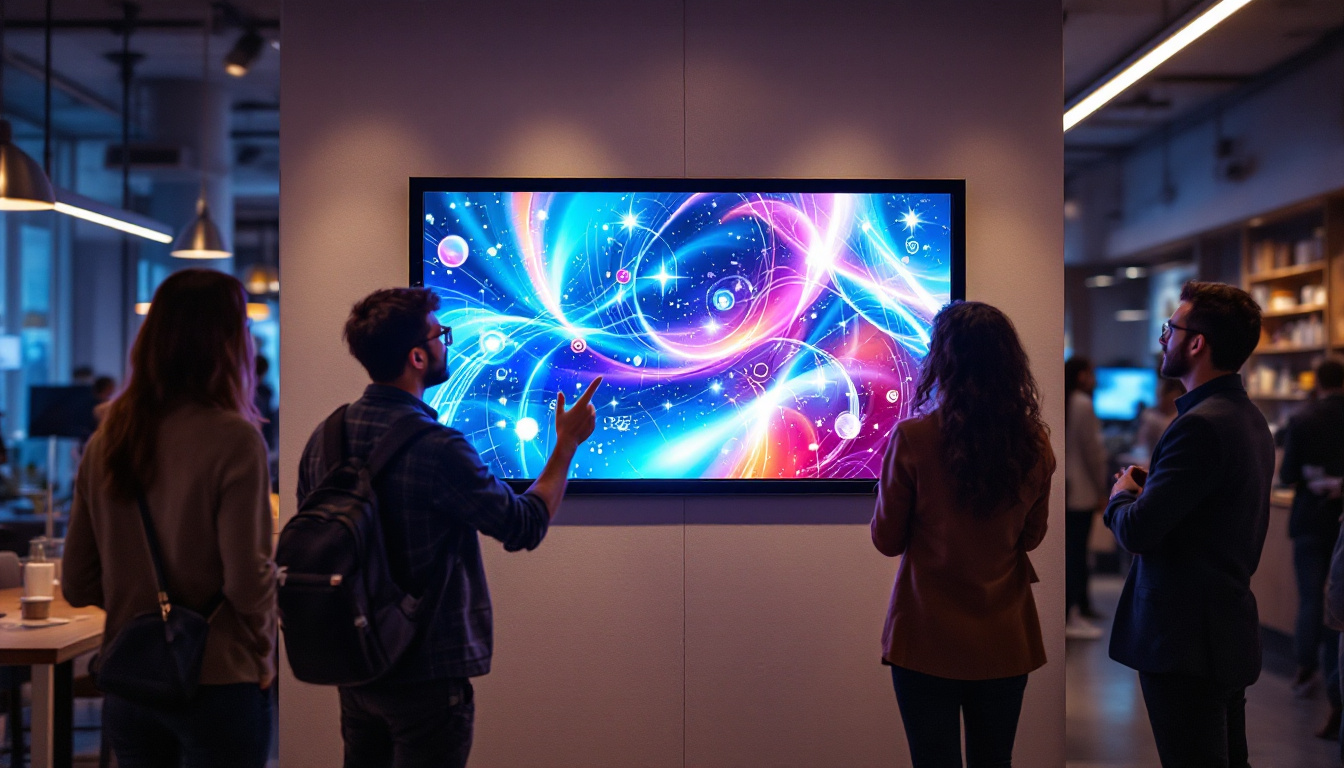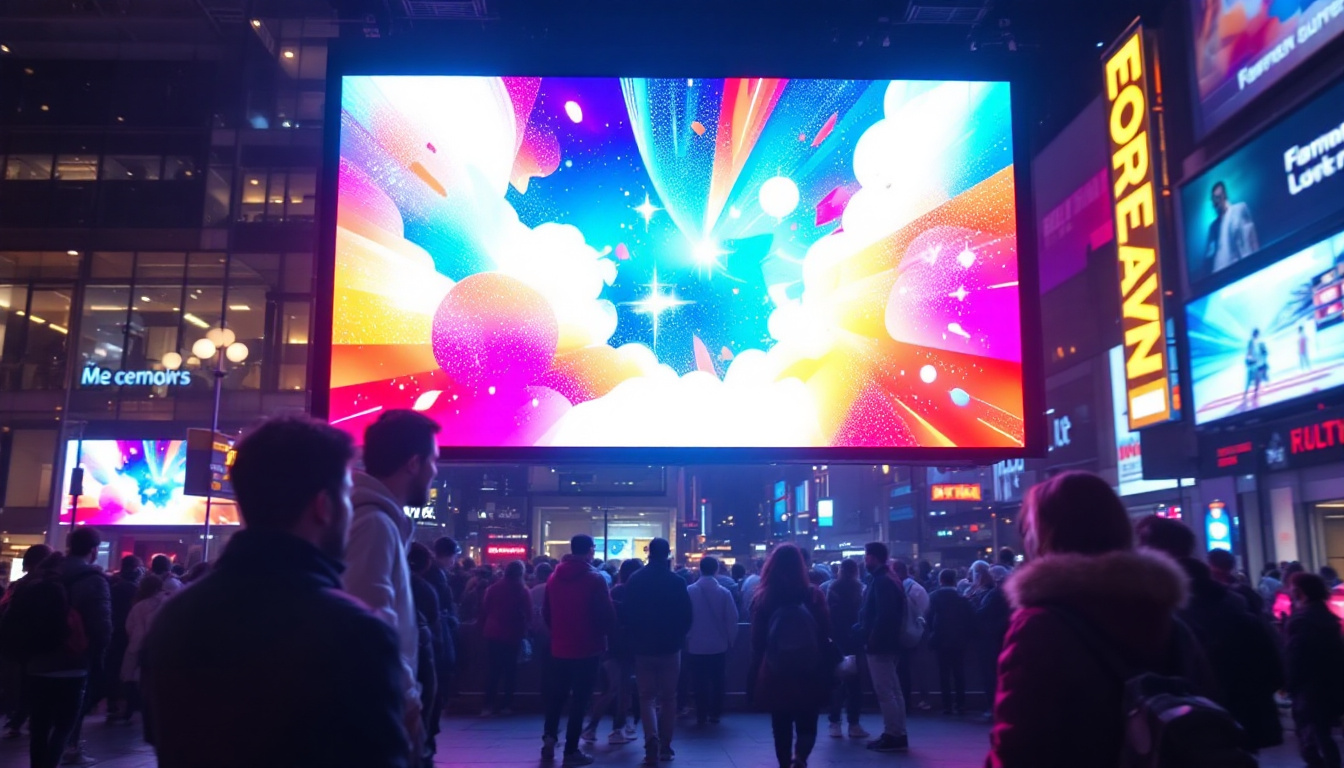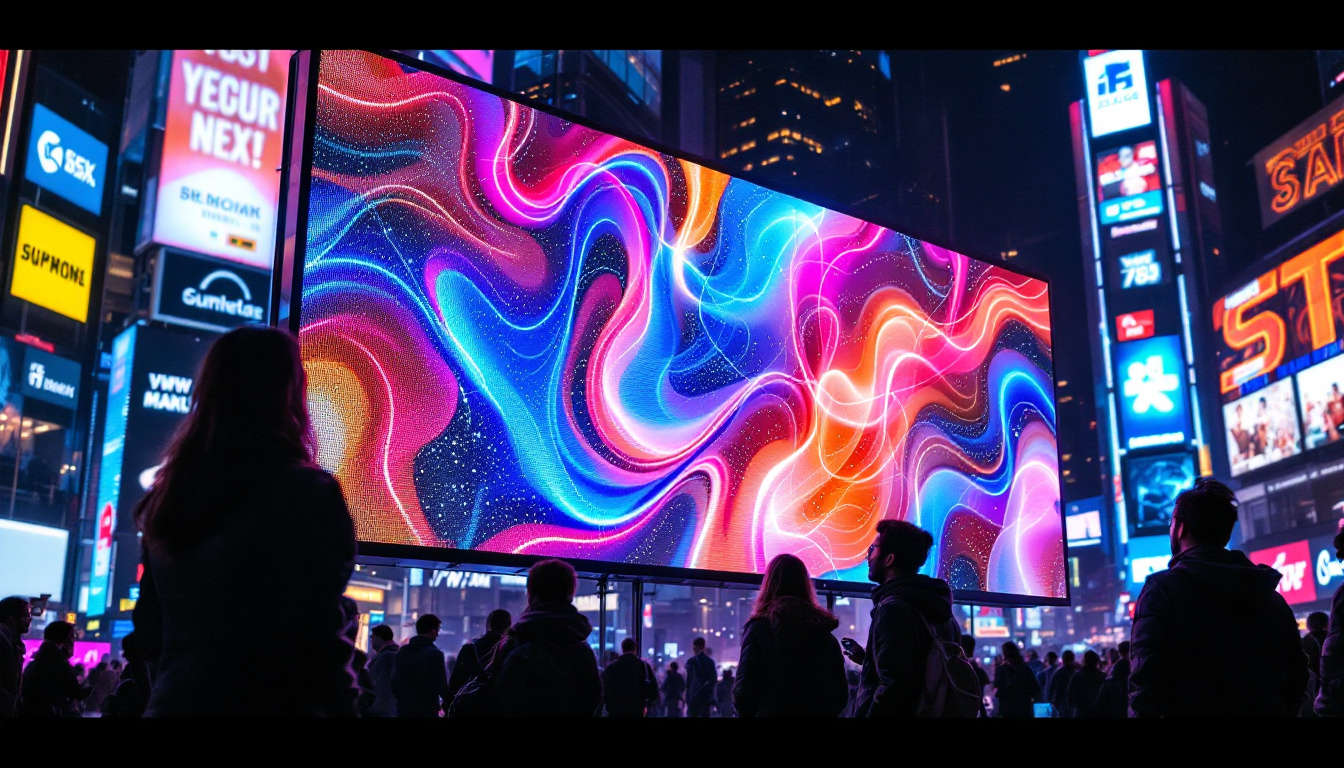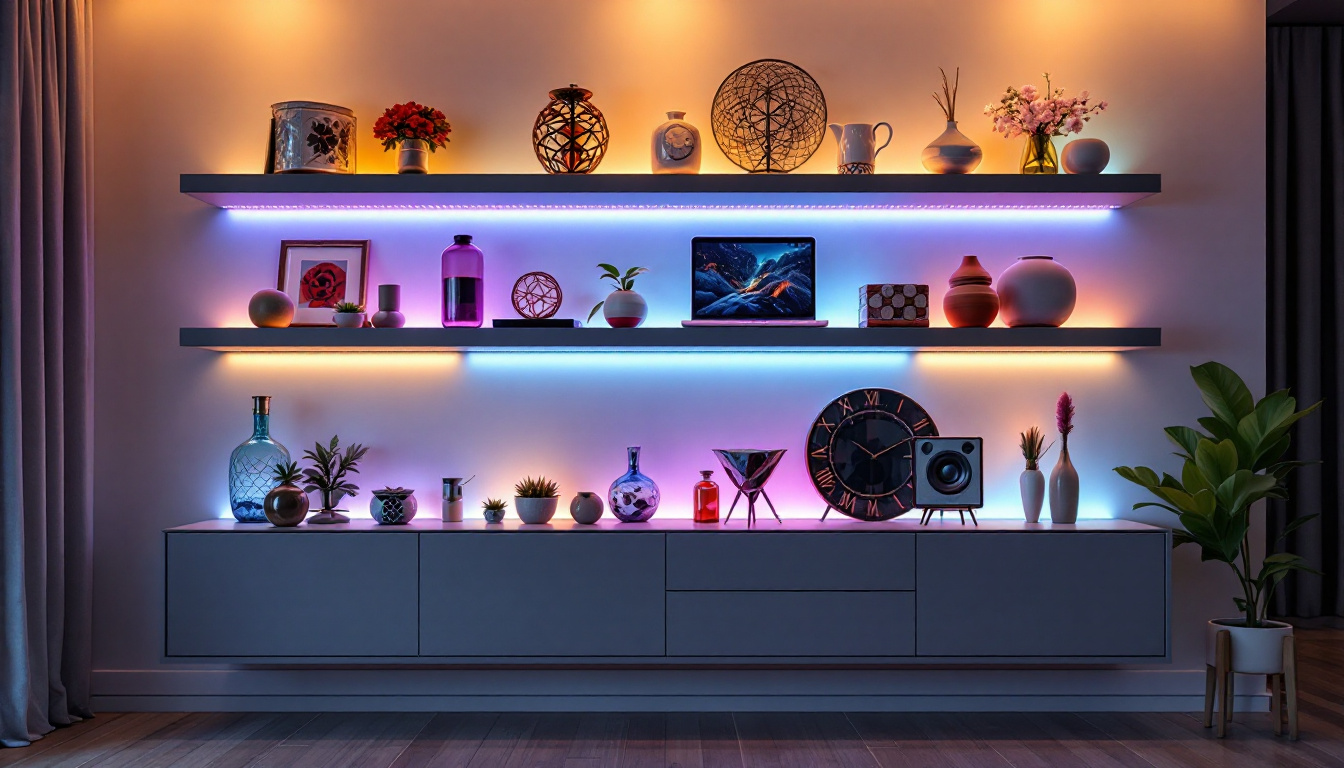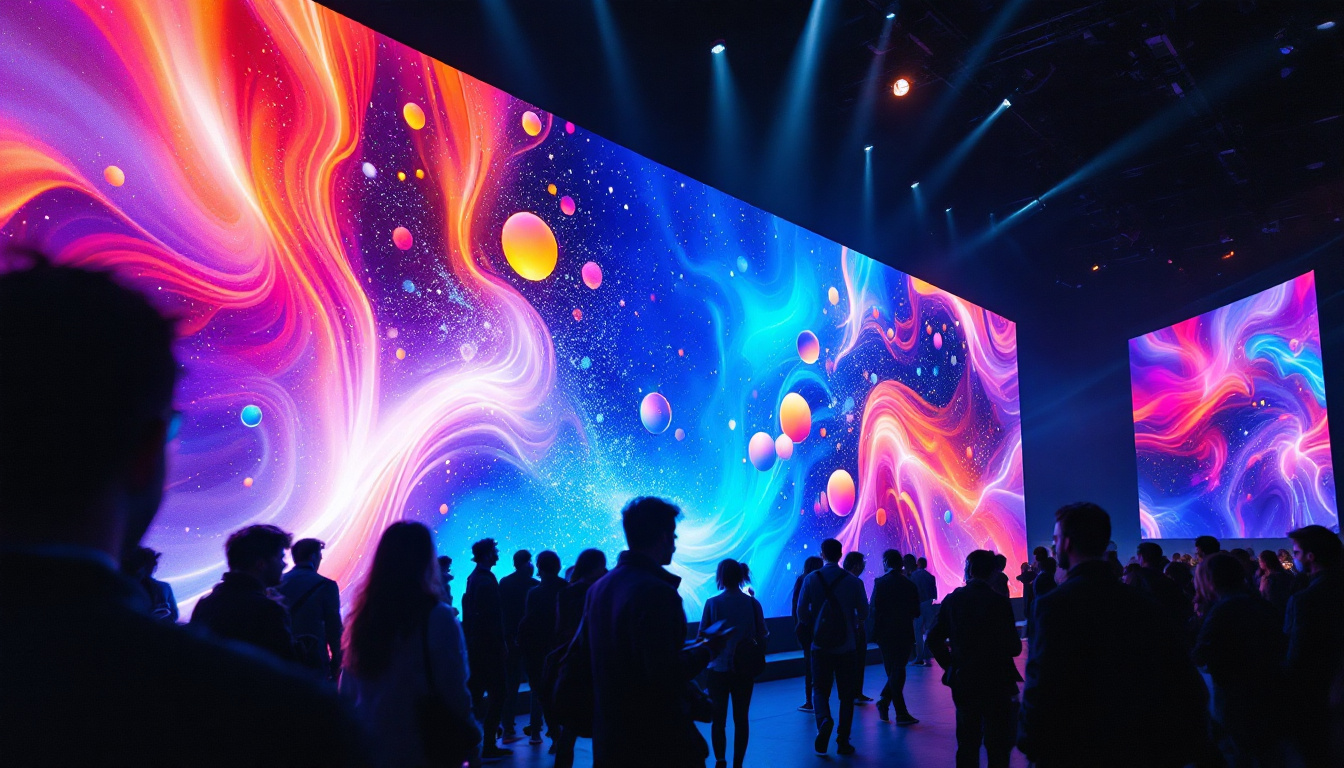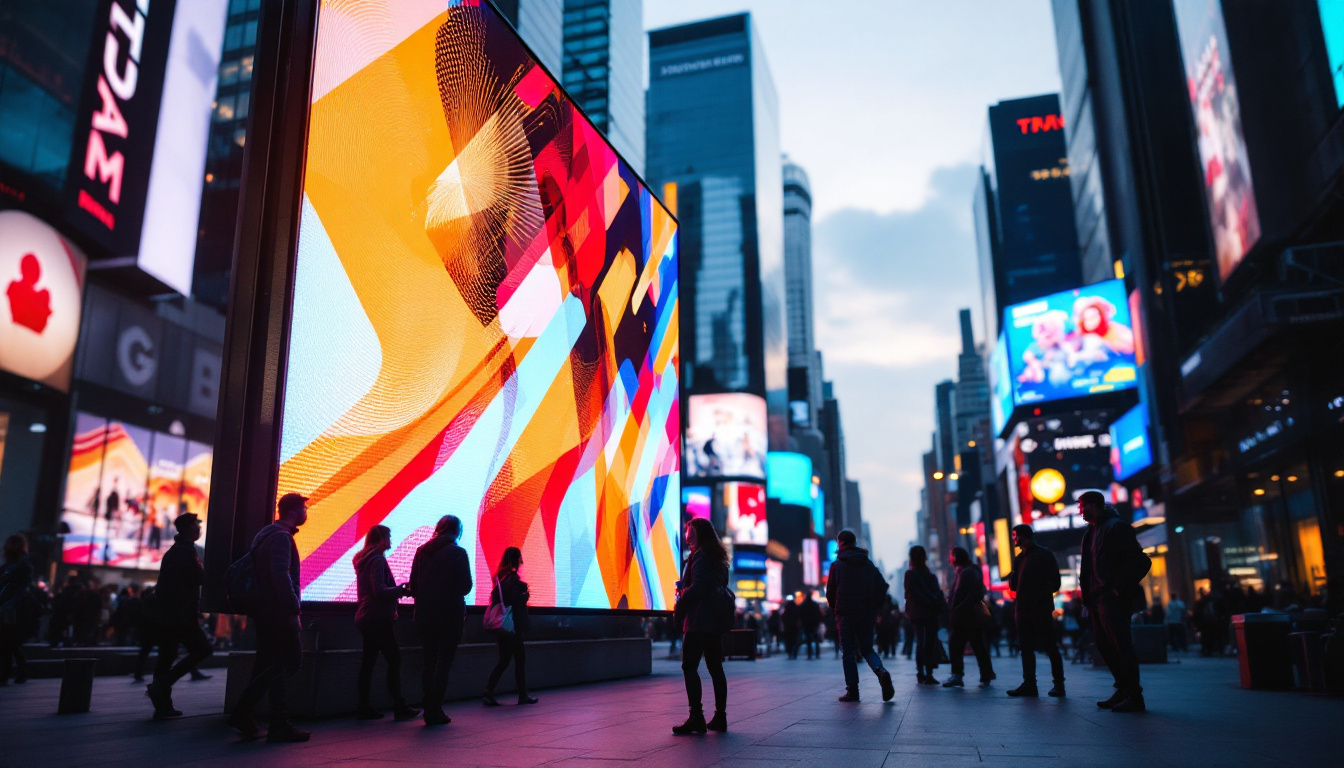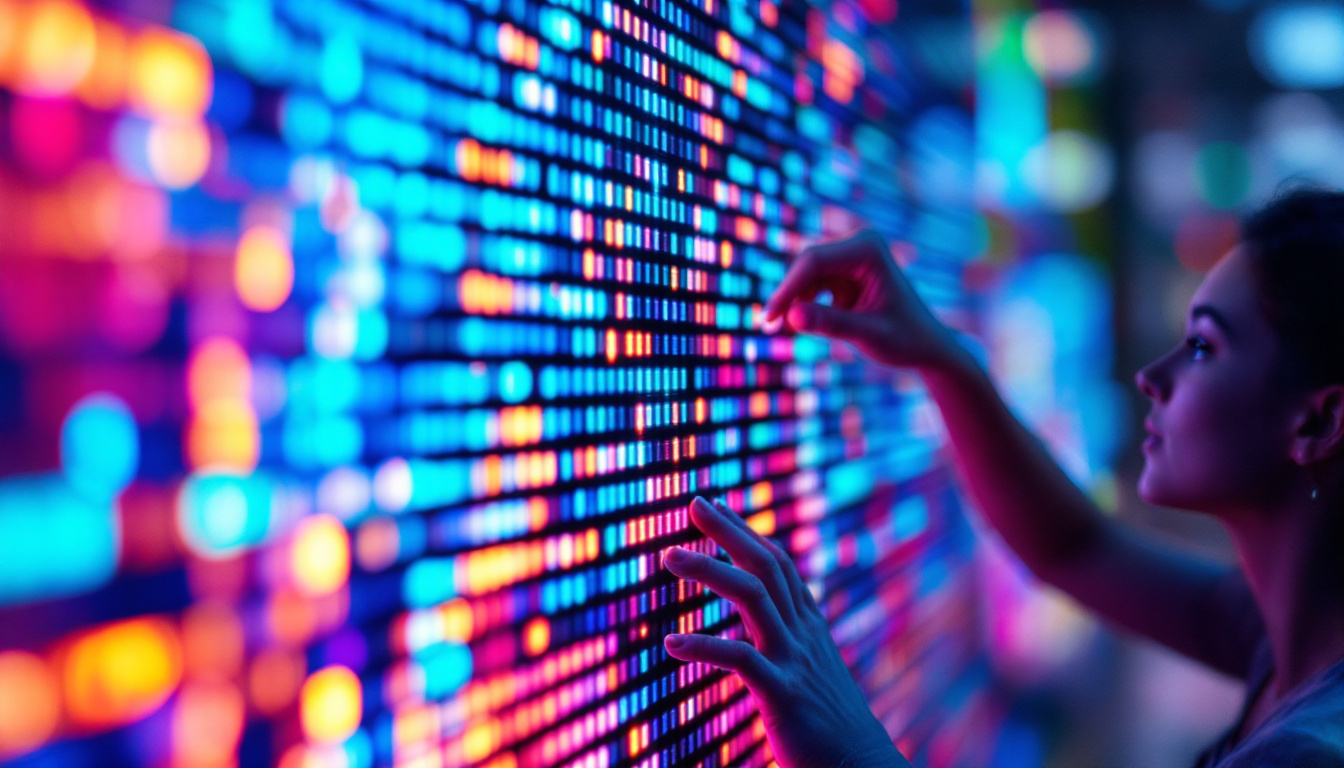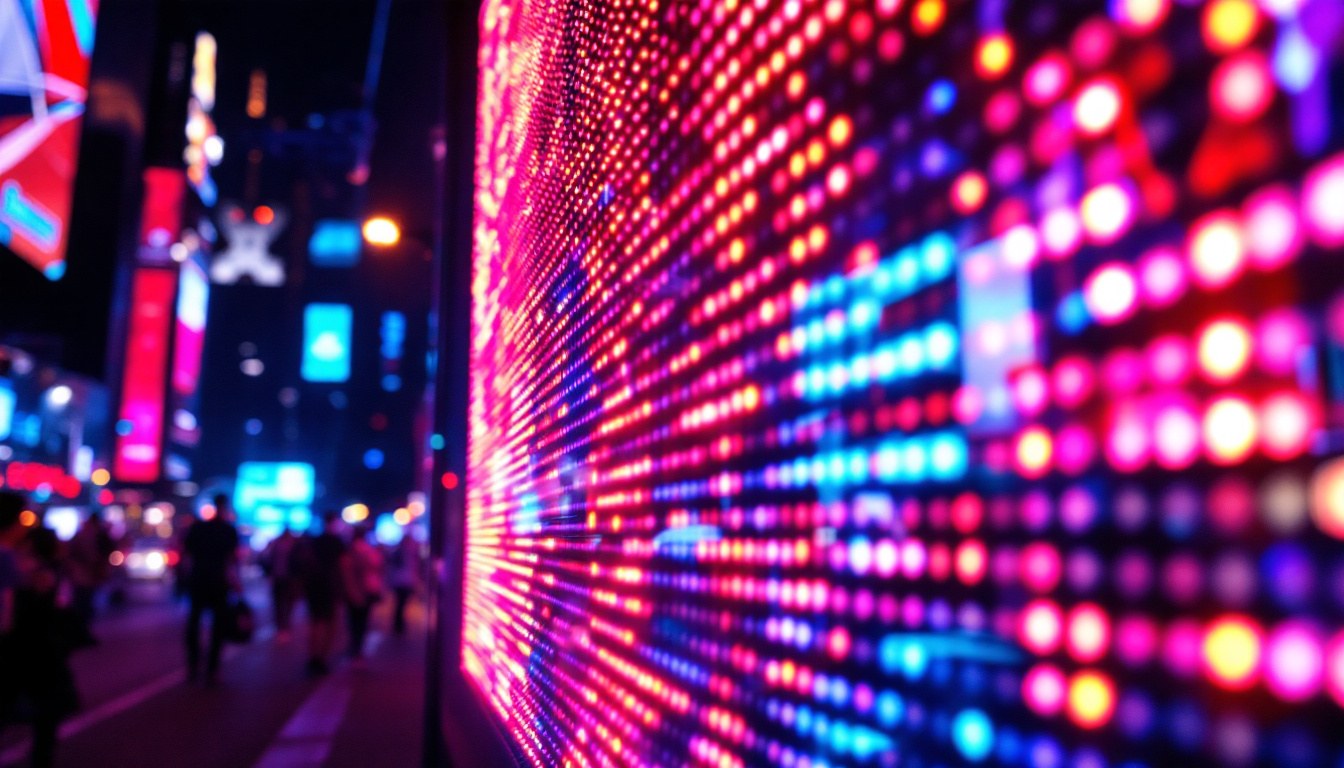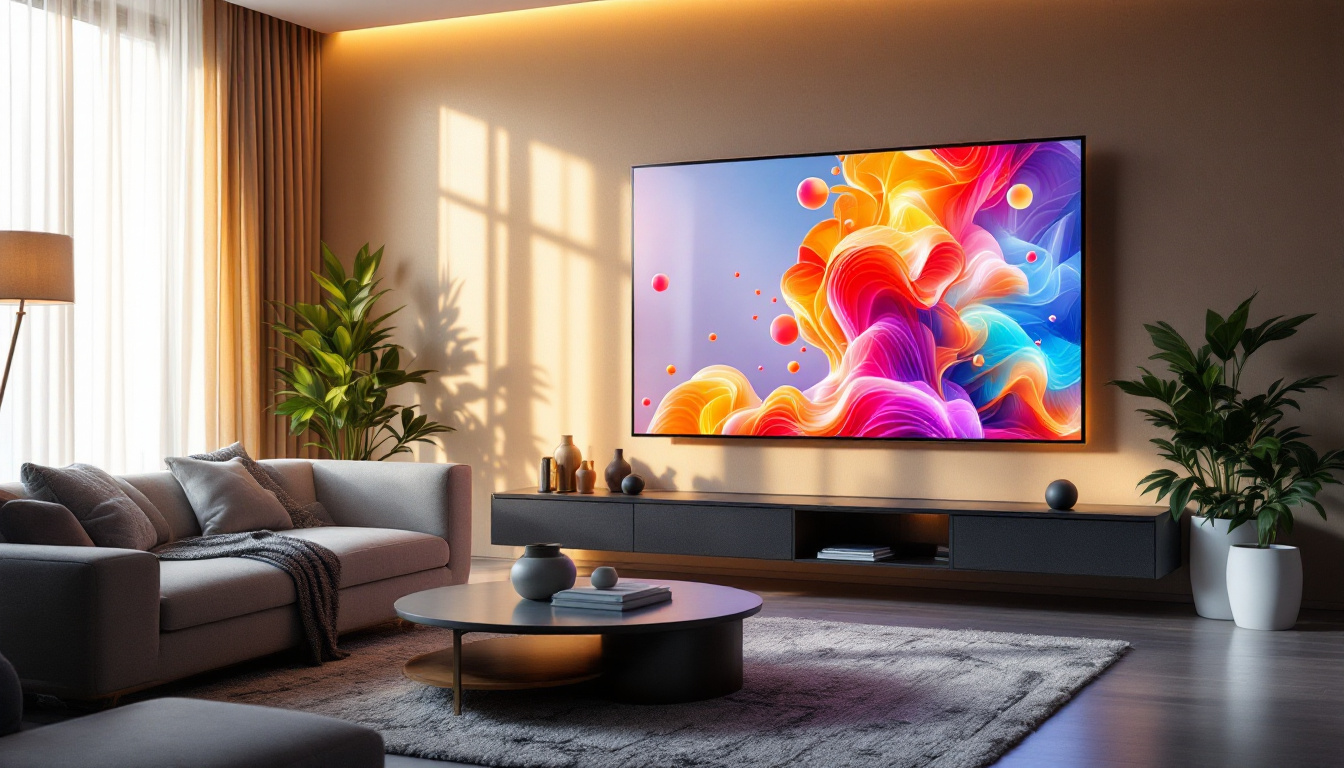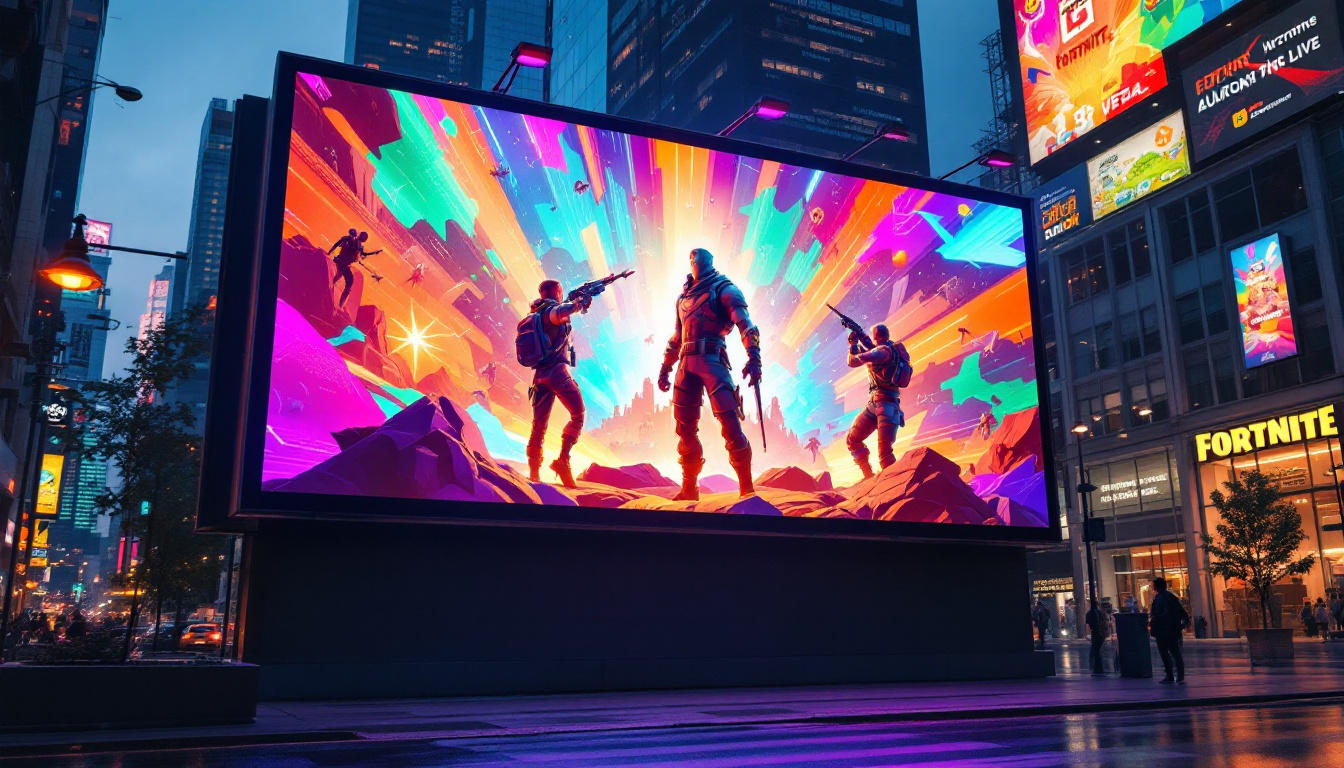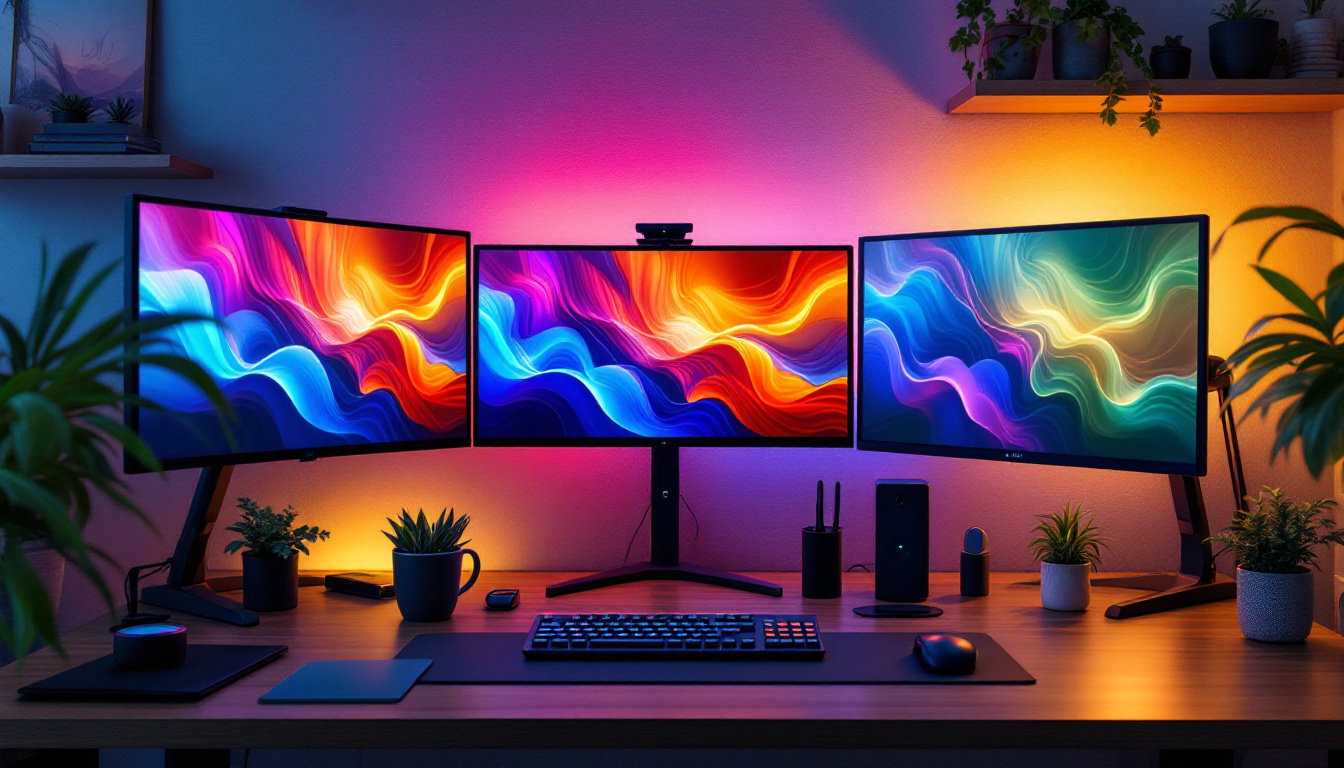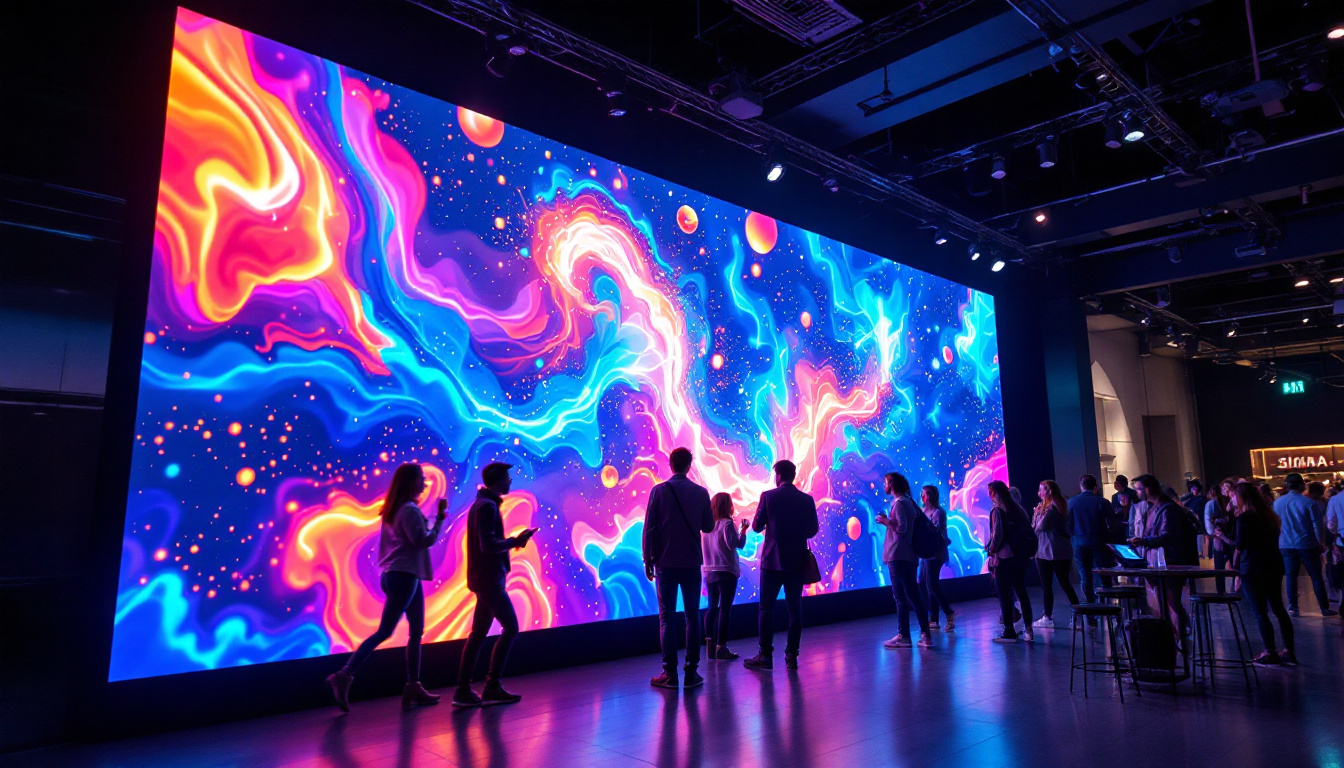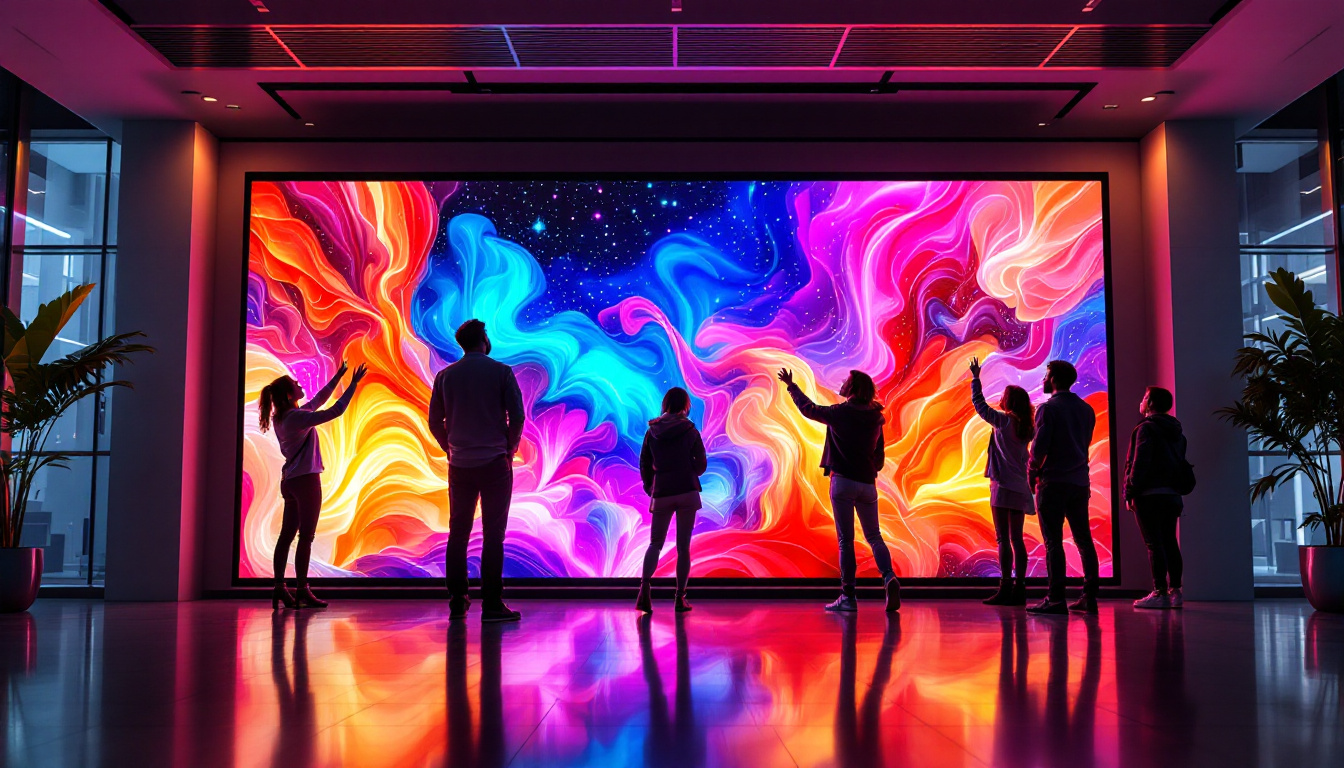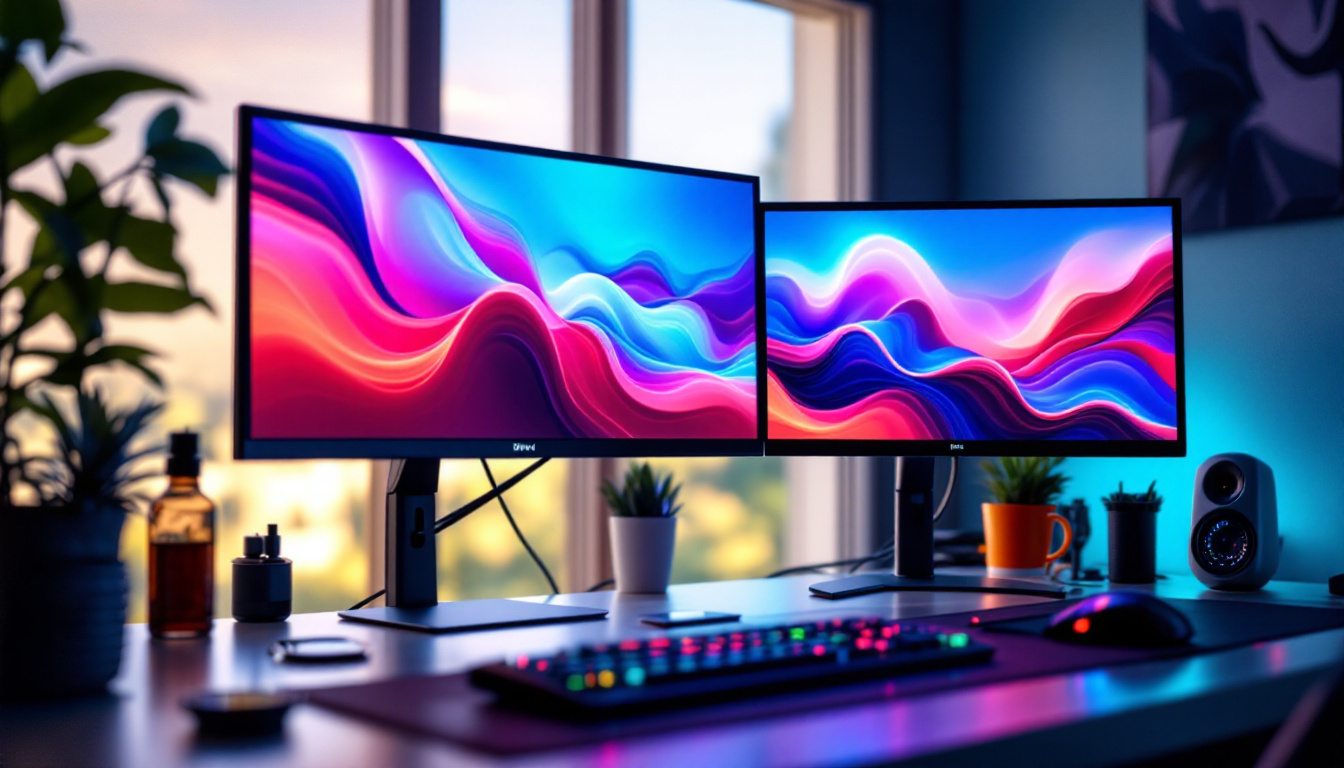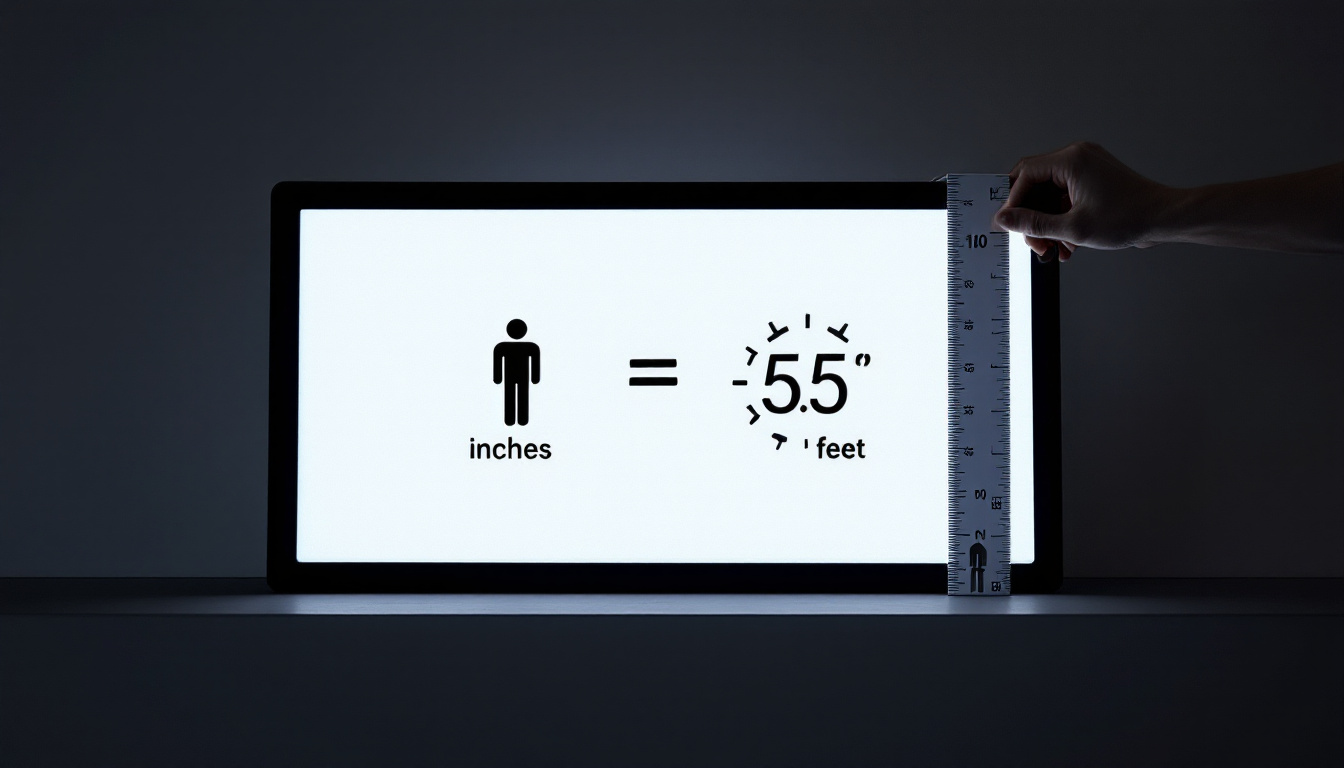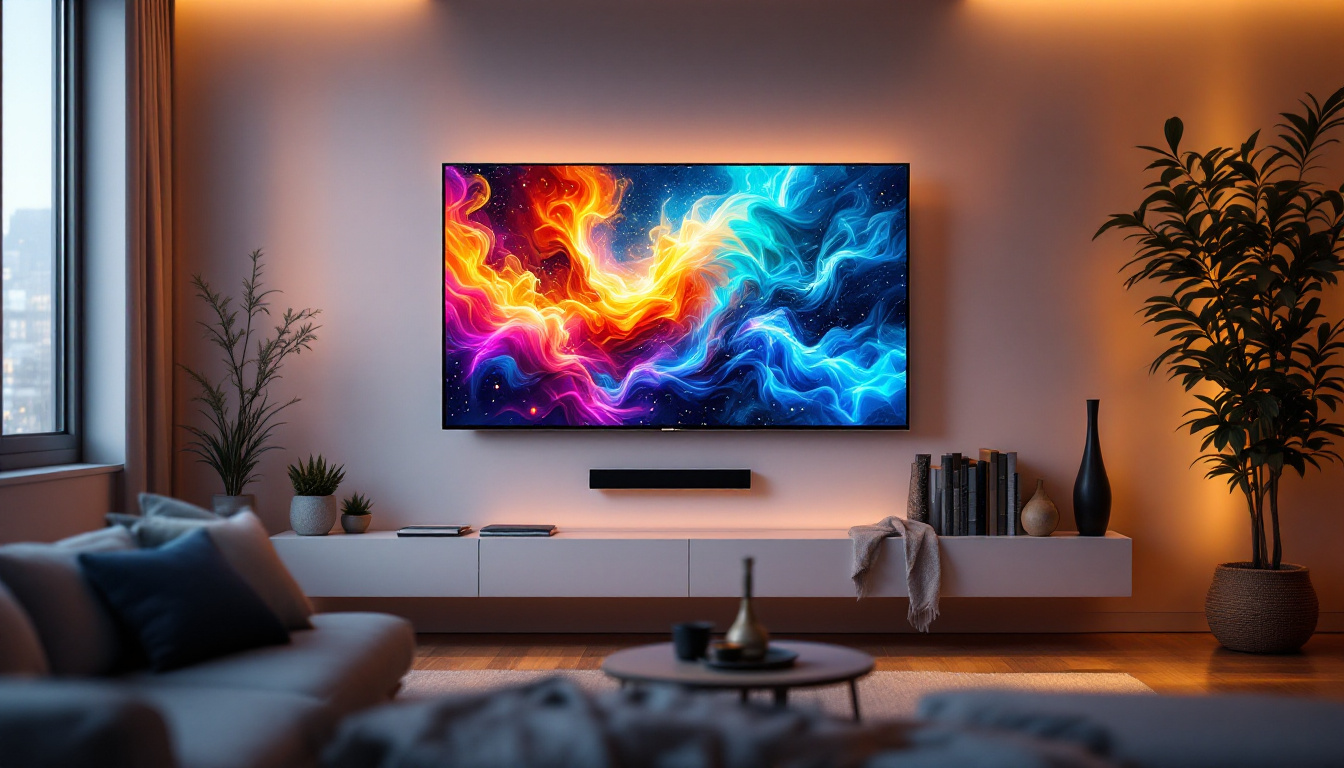In the world of technology, particularly in the realm of displays and screens, understanding measurements is crucial. One common conversion that often arises is between inches and millimeters. This article will delve into the specifics of converting 1.5 inches to millimeters, while also exploring the significance of LED displays in modern technology.
Understanding the Conversion: Inches to Millimeters
To begin with, it is essential to grasp the basics of measurement conversion. The inch is a unit of length commonly used in the United States and a few other countries, while the millimeter is part of the metric system, which is widely adopted around the globe. The conversion factor between these two units is straightforward: 1 inch is equivalent to 25.4 millimeters.
Calculating 1.5 Inches in Millimeters
When converting 1.5 inches to millimeters, the calculation is quite simple. By multiplying the number of inches by the conversion factor, one can easily determine the equivalent measurement in millimeters. Thus, the equation looks like this:
1.5 inches × 25.4 mm/inch = 38.1 mm
This means that 1.5 inches is equal to 38.1 millimeters. Such conversions are not only useful for everyday tasks but are also critical in fields such as engineering, manufacturing, and design.
Why Measurement Conversions Matter
Understanding how to convert measurements is vital in various contexts. For instance, when designing products that will be distributed globally, manufacturers must ensure that their specifications meet international standards. This is especially true in industries like electronics, where precise measurements can affect functionality and compatibility.
Moreover, accurate conversions help in avoiding costly errors in production. A slight miscalculation can lead to components that do not fit together correctly, resulting in delays and increased costs. Thus, having a solid grasp of measurement conversions is essential for professionals across many sectors.
In addition to manufacturing and engineering, measurement conversions play a significant role in fields such as architecture and construction. Architects often need to convert measurements from blueprints to ensure that structures are built to the correct specifications. For example, when working with international clients or materials sourced from different countries, being able to seamlessly convert between inches and millimeters can facilitate smoother communication and project execution. This not only enhances collaboration but also ensures that the final product meets the desired quality and safety standards.
Furthermore, in the realm of science and medicine, precise measurements are crucial for experiments, dosages, and equipment calibration. Researchers and healthcare professionals frequently rely on accurate conversions to maintain the integrity of their work. For instance, when conducting experiments that require specific measurements, a small error in conversion could lead to invalid results or unsafe conditions. Therefore, mastering the art of measurement conversion is not just a mathematical skill; it is a fundamental competency that underpins many professional practices and innovations.
The Role of LED Displays in Modern Technology
LED (Light Emitting Diode) displays have revolutionized the way information is presented in various applications. From smartphones to large-scale advertising billboards, LED technology has become ubiquitous. Understanding how these displays work and their advantages can provide insight into their widespread adoption.
How LED Displays Work
LED displays function by utilizing light-emitting diodes to produce images and text. Each pixel on an LED screen is made up of tiny diodes that emit light when an electric current passes through them. This allows for vibrant colors and high contrast ratios, making LED displays visually appealing.
Furthermore, LED technology offers significant advantages over traditional display methods. For instance, LED displays are more energy-efficient, have a longer lifespan, and are capable of producing brighter images. These characteristics make them ideal for various environments, from dimly lit rooms to bright outdoor settings. Additionally, advancements in technology have led to the development of flexible LED displays, which can be curved or shaped to fit unique designs, further enhancing their versatility and application in modern architecture and design.
Applications of LED Displays
The versatility of LED displays allows them to be used in numerous applications. In consumer electronics, they are found in televisions, computer monitors, and smartphones. In the advertising industry, LED billboards and screens are used to capture the attention of potential customers with dynamic content.
Additionally, LED displays are increasingly used in public transportation systems, displaying real-time information to passengers. They are also prevalent in sports arenas, where they enhance the viewing experience by providing instant replays and statistics. The adaptability of LED technology continues to drive innovation across various fields. In the realm of entertainment, LED displays have transformed stage productions and concerts, allowing for immersive experiences that blend visuals and performances seamlessly. Moreover, in the field of education, LED screens are being utilized in classrooms to create engaging learning environments, where interactive lessons can be presented with clarity and vibrancy, making complex subjects more accessible to students of all ages.
Advantages of LED Displays
LED displays come with a host of advantages that contribute to their popularity. Understanding these benefits can help consumers and businesses make informed decisions when selecting display technologies.
Energy Efficiency
One of the most significant benefits of LED displays is their energy efficiency. Compared to traditional LCD or plasma screens, LED displays consume less power, which can lead to substantial cost savings over time. This energy efficiency not only benefits consumers but also has positive implications for the environment.
As energy costs continue to rise, the demand for energy-efficient technologies is likely to increase. LED displays, with their lower power consumption, are well-positioned to meet this demand, making them a sustainable choice for both businesses and individuals. Moreover, many LED displays come with adjustable brightness settings, allowing users to optimize energy use based on ambient lighting conditions, further enhancing their energy-saving capabilities.
Longevity and Durability
Another advantage of LED displays is their longevity. LED technology is known for its durability, often lasting tens of thousands of hours before any noticeable degradation in performance occurs. This extended lifespan reduces the need for frequent replacements, making LED displays a cost-effective option in the long run.
The robust nature of LED displays also means they can withstand harsher conditions compared to other display types. This durability makes them suitable for outdoor use, where exposure to weather elements can be a concern. In addition, LED displays are less susceptible to screen burn-in and other common issues associated with traditional displays, ensuring that the quality of the image remains consistent over time. This reliability is particularly important in commercial environments, such as retail spaces and public venues, where displays are used continuously and must maintain high performance to engage audiences effectively.
Vibrant Color Reproduction
LED displays are renowned for their vibrant color reproduction, which is a significant factor in their appeal. The technology allows for a wider color gamut, resulting in more vivid and lifelike images. This capability is particularly beneficial in applications such as digital signage, where capturing attention is critical. The enhanced contrast ratios offered by LED displays also contribute to sharper images, making them ideal for both video content and static graphics.
Furthermore, advancements in LED technology, such as the development of RGB (red, green, blue) LED systems, have enabled displays to achieve even greater levels of brightness and color accuracy. This means that whether used in a home theater setup or a large-scale advertising display, LED screens can deliver stunning visuals that enhance the viewing experience. As a result, many content creators and marketers are opting for LED displays to ensure their messages are communicated effectively and memorably.
Choosing the Right LED Display
With a myriad of options available in the market, selecting the right LED display can be a daunting task. Several factors should be considered to ensure that the chosen display meets the intended purpose effectively.
Screen Size and Resolution
When choosing an LED display, screen size and resolution are critical factors. The size of the display should be appropriate for the intended viewing distance. For instance, larger displays are ideal for large venues, while smaller screens may suffice for personal use.
Resolution, measured in pixels, determines the clarity of the images displayed. Higher resolution screens provide sharper images, which is particularly important for applications requiring detailed visuals, such as graphic design or video editing.
Brightness and Contrast Ratio
Brightness is another essential consideration, especially for outdoor displays. A higher brightness level ensures that the content remains visible even in direct sunlight. Contrast ratio, on the other hand, affects the overall image quality. A higher contrast ratio results in deeper blacks and more vibrant colors, enhancing the viewing experience.
Future Trends in LED Display Technology
The LED display industry is continually evolving, with advancements in technology paving the way for exciting new developments. Staying informed about these trends can provide valuable insights into the future of display technology.
MicroLED Technology
One of the most promising advancements in LED technology is MicroLED. This innovative approach utilizes microscopic LEDs to create displays that offer superior brightness, color accuracy, and energy efficiency. MicroLED technology has the potential to revolutionize the industry by providing displays that are thinner, lighter, and more versatile than current options.
As MicroLED technology matures, it is expected to find applications in various sectors, from consumer electronics to large-scale installations. The ability to create modular displays could lead to new possibilities in design and functionality.
Flexible and Transparent Displays
Another exciting trend is the development of flexible and transparent LED displays. These displays can be bent or shaped to fit unconventional spaces, opening up new design opportunities in architecture and advertising. Transparent displays, in particular, can be integrated into windows and other surfaces, allowing for innovative advertising solutions that do not obstruct views.
Conclusion
In summary, converting measurements from inches to millimeters is a fundamental skill that has practical applications in various fields. Understanding how to convert 1.5 inches to millimeters—resulting in 38.1 mm—illustrates the importance of accurate measurements in technology and manufacturing.
LED displays have transformed the way we interact with technology, offering numerous advantages such as energy efficiency, longevity, and versatility. As advancements continue to shape the future of display technology, staying informed about trends like MicroLED and flexible displays will be crucial for consumers and businesses alike.
Ultimately, whether for personal use or professional applications, understanding the nuances of measurement and display technology can lead to better decision-making and enhanced experiences in an increasingly digital world.
Discover the Future of Visual Experience with LumenMatrix
As you consider the precision of measurement in technology and the transformative impact of LED displays, take the next step with LumenMatrix. Our commitment to innovation in LED display technology ensures that your message is not just seen, but truly experienced. From vibrant Indoor and Outdoor LED Wall Displays to dynamic Vehicle and Sports Displays, LumenMatrix offers a comprehensive range of solutions tailored to your unique needs. Embrace the future of digital signage with our Custom, All-in-One, and Transparent LED Displays, designed to captivate your audience and amplify your brand. Check out LumenMatrix LED Display Solutions and join us in revolutionizing visual communication.

